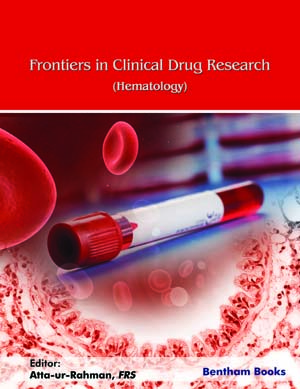Abstract
Ferroptosis is a recently identified form of non-apoptotic regulated cell death with distinct properties and several functions involved in physical conditions or various diseases. It has been related to the pathological cell death associated with degenerative diseases (i.e., Alzheimer's, Huntington's and Parkinson's diseases), carcinogenesis, stroke, intracerebral haemorrhage, traumatic brain injury, ischemia-reperfusion injury, and kidney degeneration.
This entity is characterised by an iron-dependent accumulation of lipid peroxides, and it can be induced by experimental compounds and clinical drugs in cancer cells as well as certain normal cells. Some of the inductors are erastin, Ras-selective lethal small molecules (RSL3 and RSL5), buthionine sulfoximine, acetaminophen, ferroptosisinducing agents, lanperisone, sulfasalazine, sorafenib, and artesunate.
Induction of ferroptosis by drugs has been shown to inhibit cancer cell growth, both in Ras-dependent and Ras-independent forms. This fact suggests that cancer cells display genetic heterogeneity in the timing of the ferroptosis response.
Malignant haematological entities have been subject to a wide variety of available treatments. However, the development of resistance to chemotherapeutic agents represents one of the biggest obstacles in the effectiveness of the treatment of some haematological neoplasms such as acute myeloid leukaemia. Ferroptosis has the potential to modify the course of treatment, and hence the prognosis, not only of acute myeloid leukaemia but also of diffuse large B-cell lymphoma, T-lymph coelom and myeloma.
An improved understanding of the role of ferroptosis in cancer and injury-associated diseases will create a new opportunity for diagnosis and therapeutic intervention.
Keywords: Apoptosis, Autophagy, Cancers, Ferroptosis, GPX4.






















